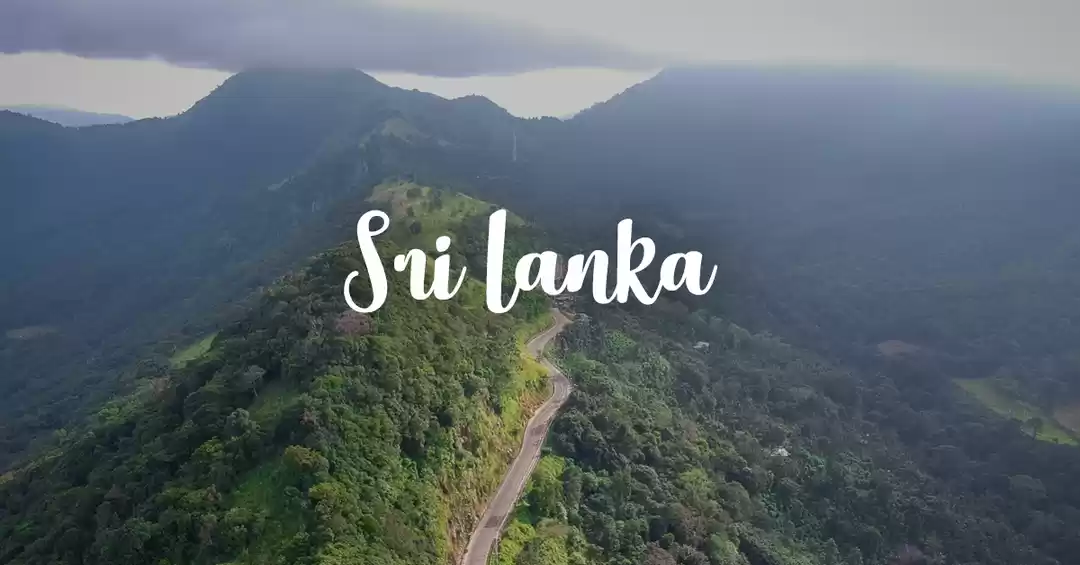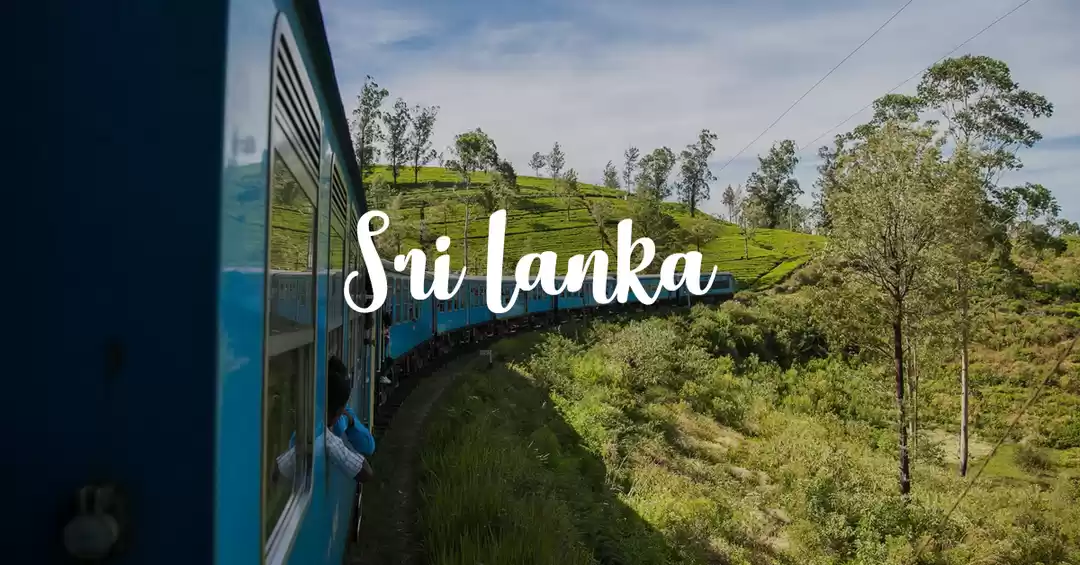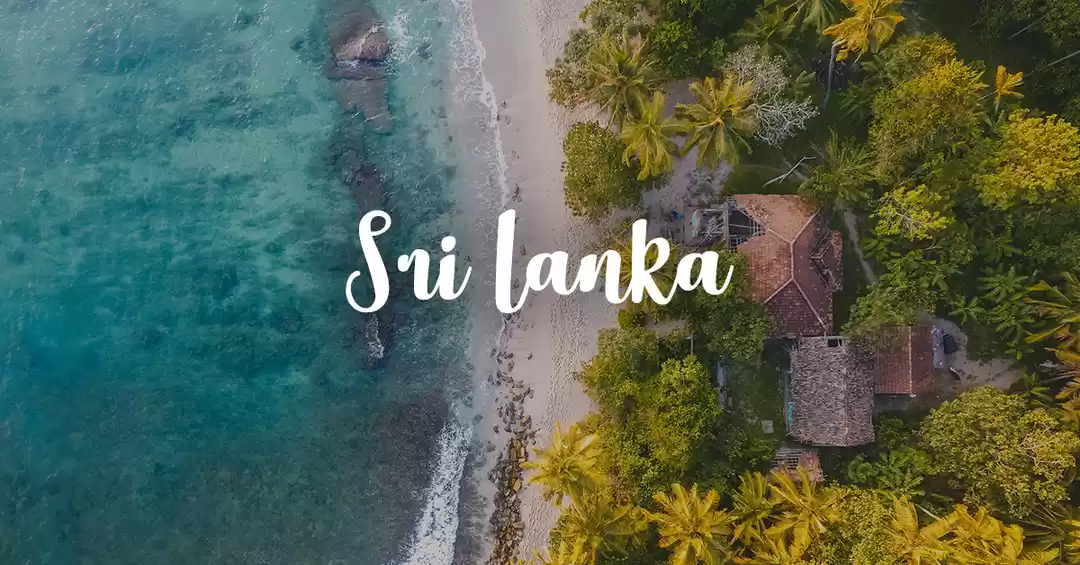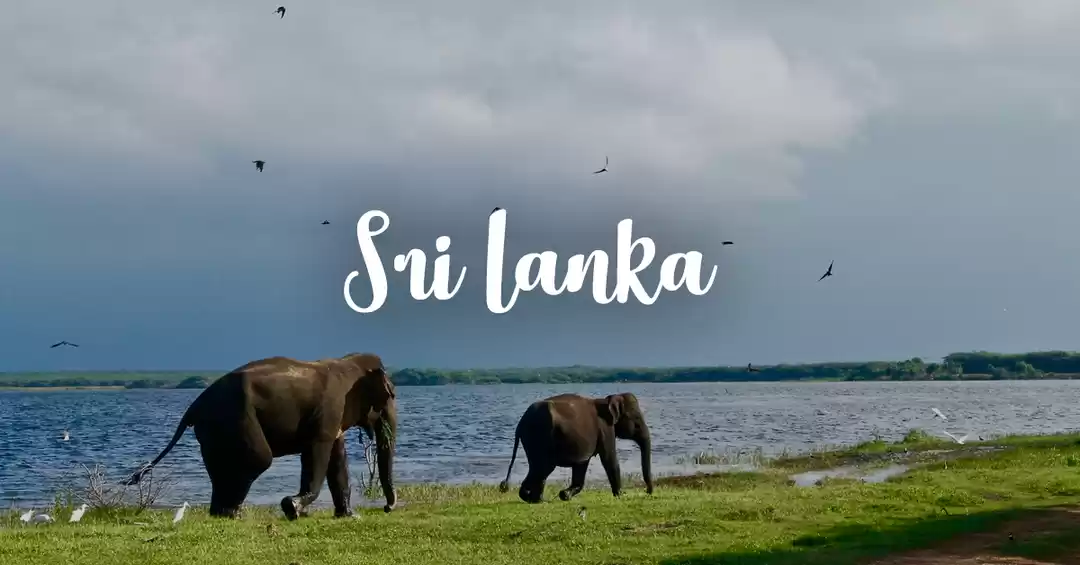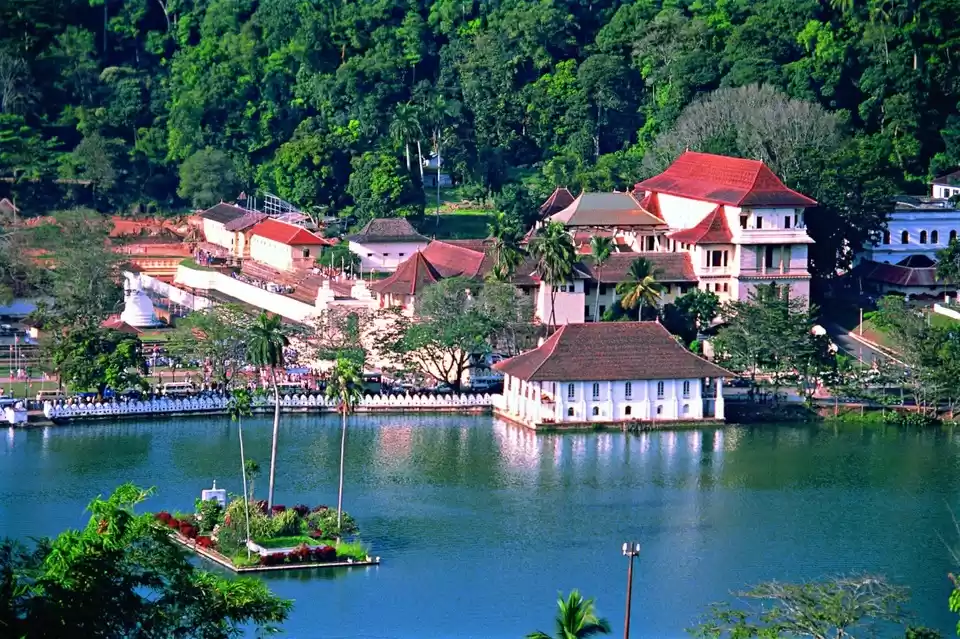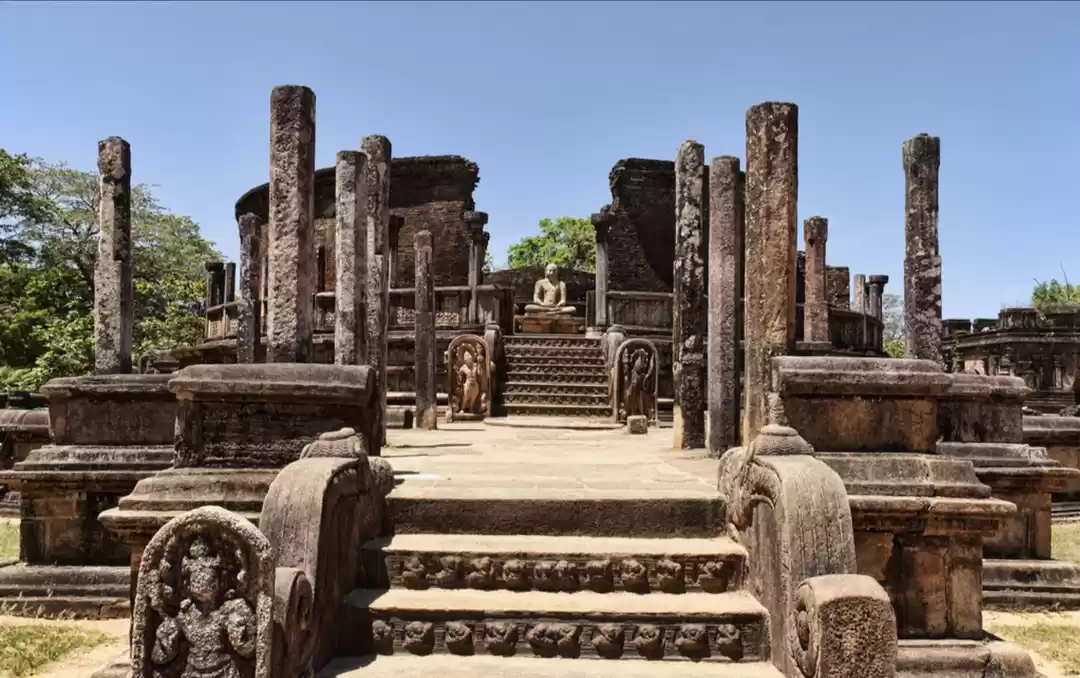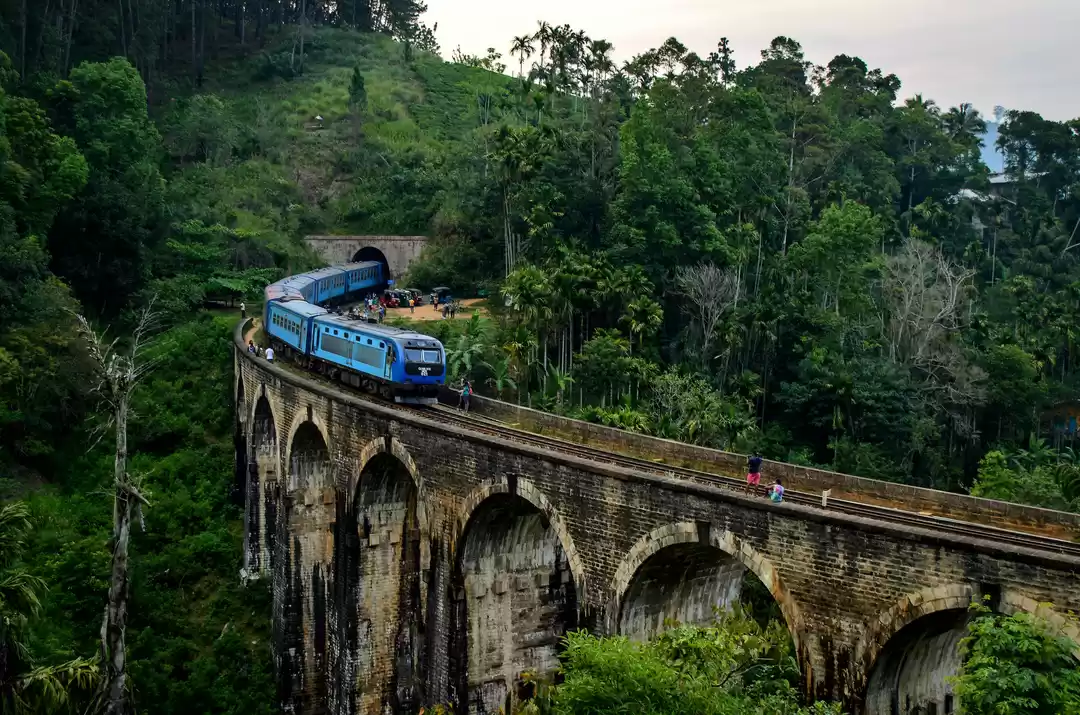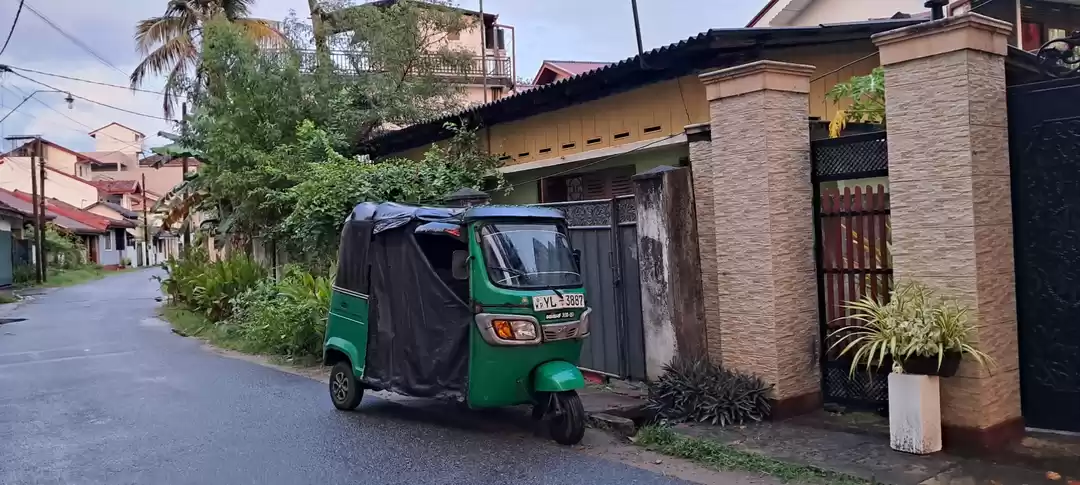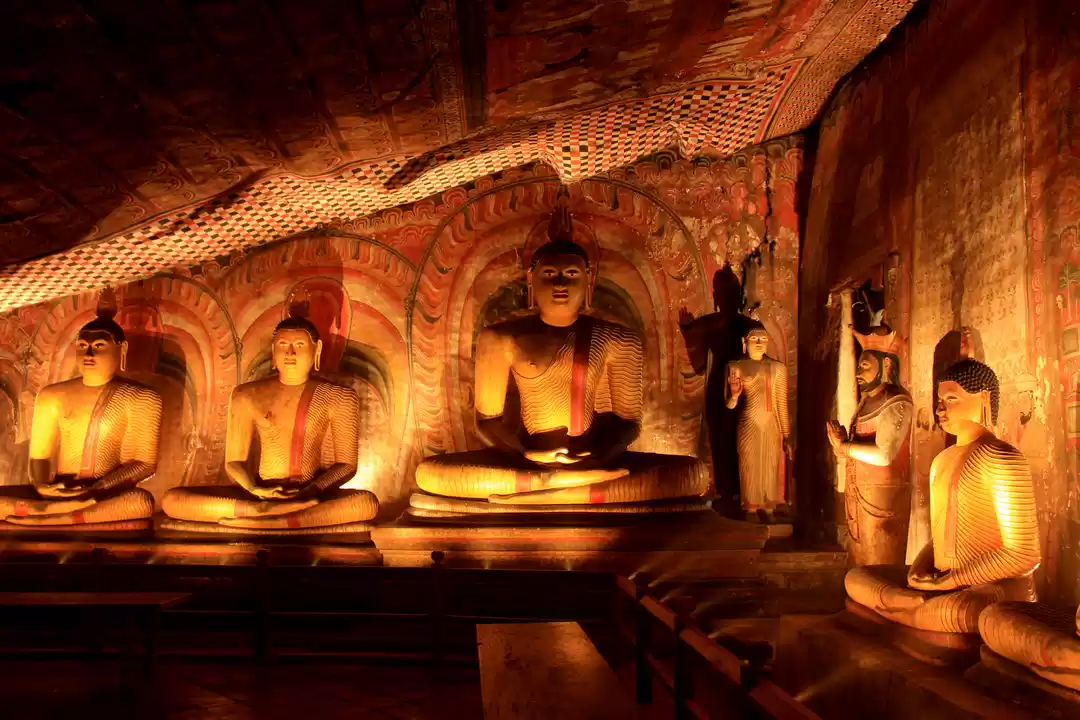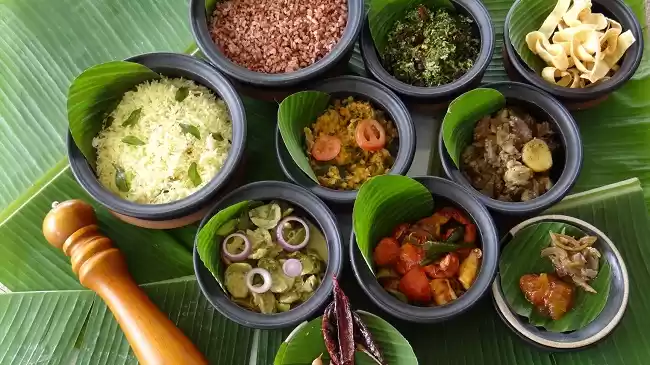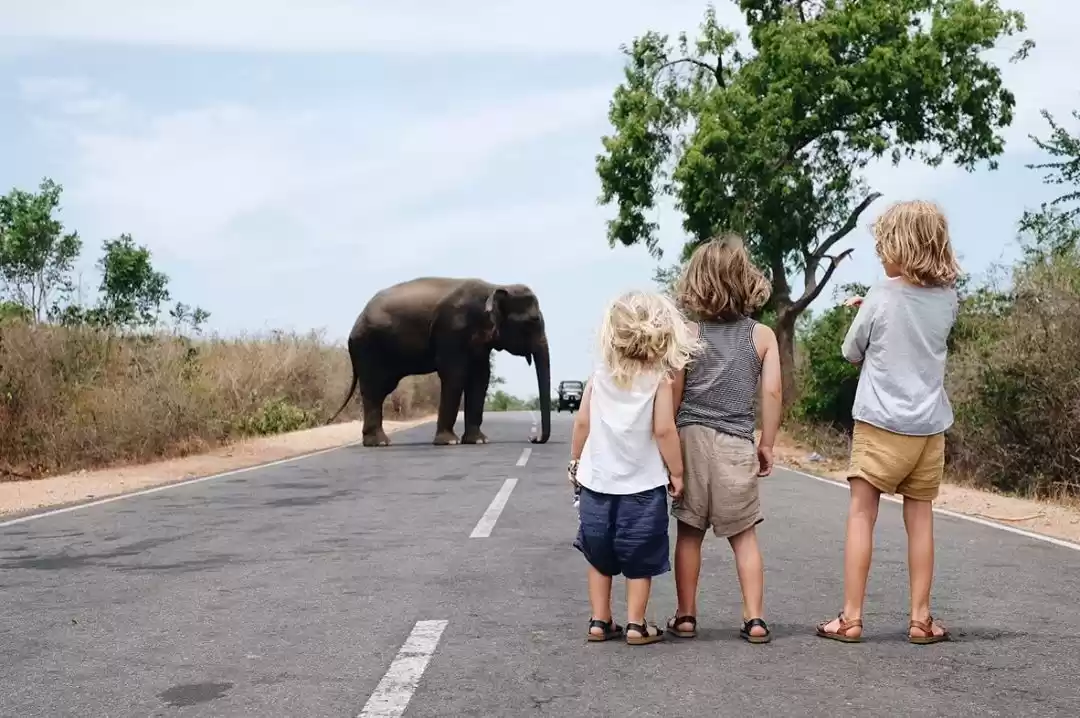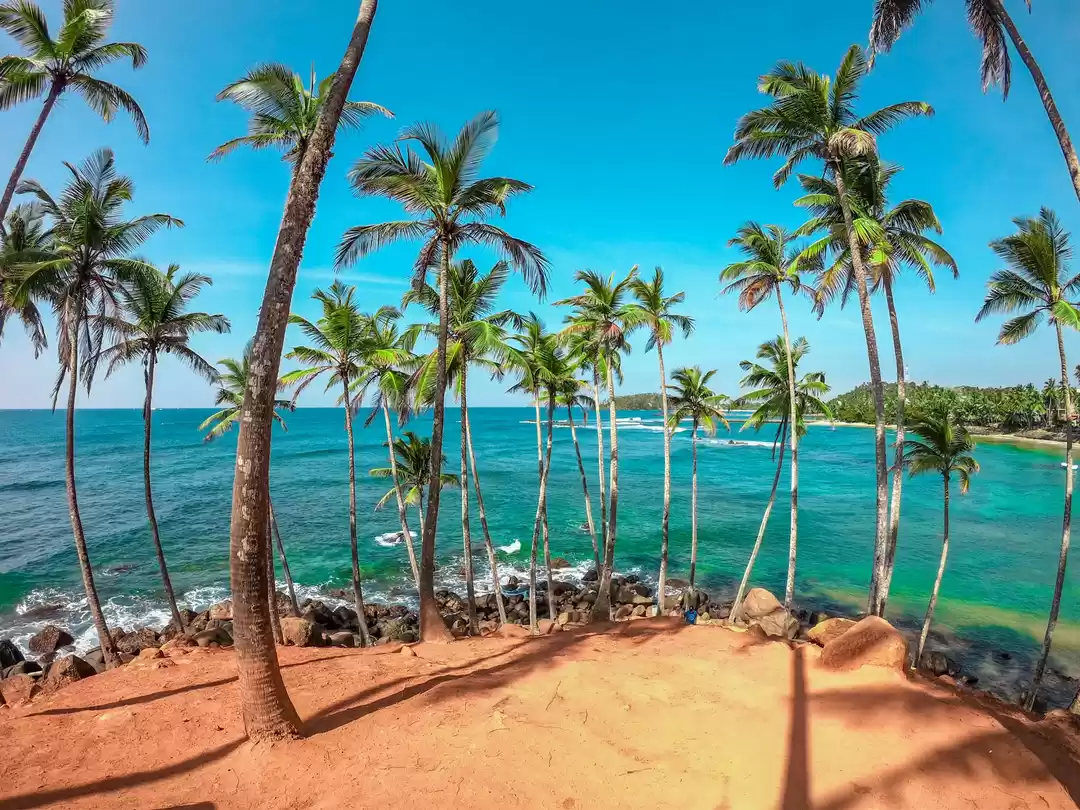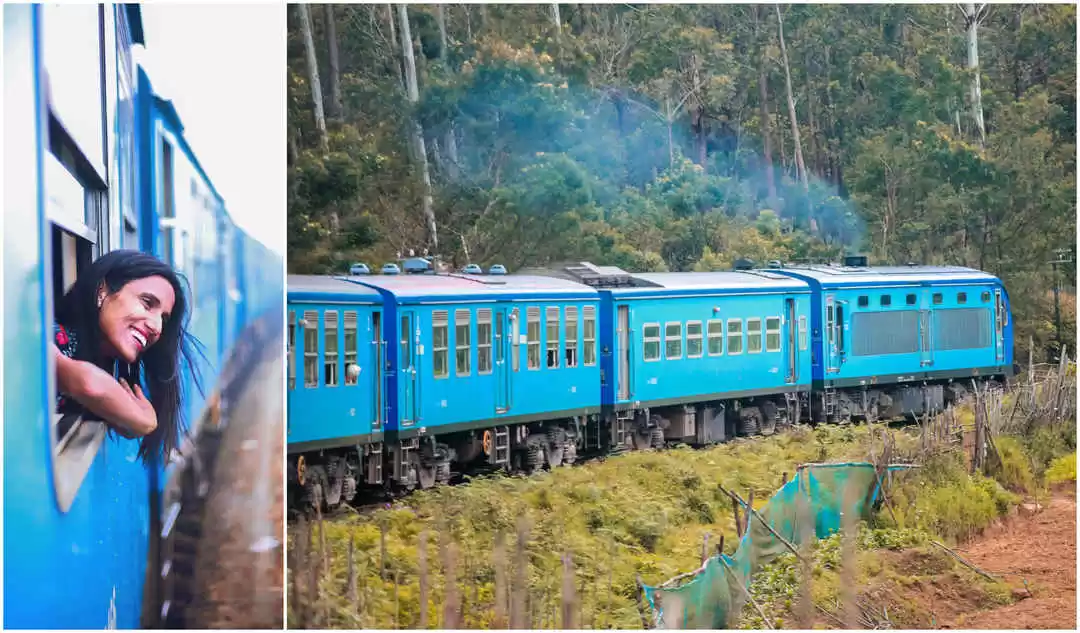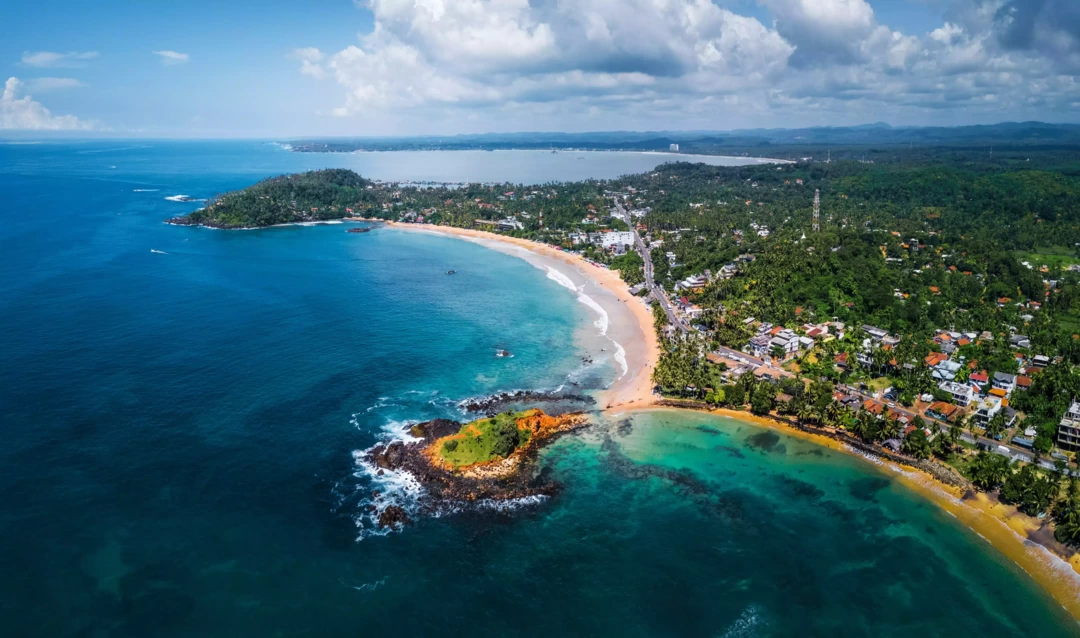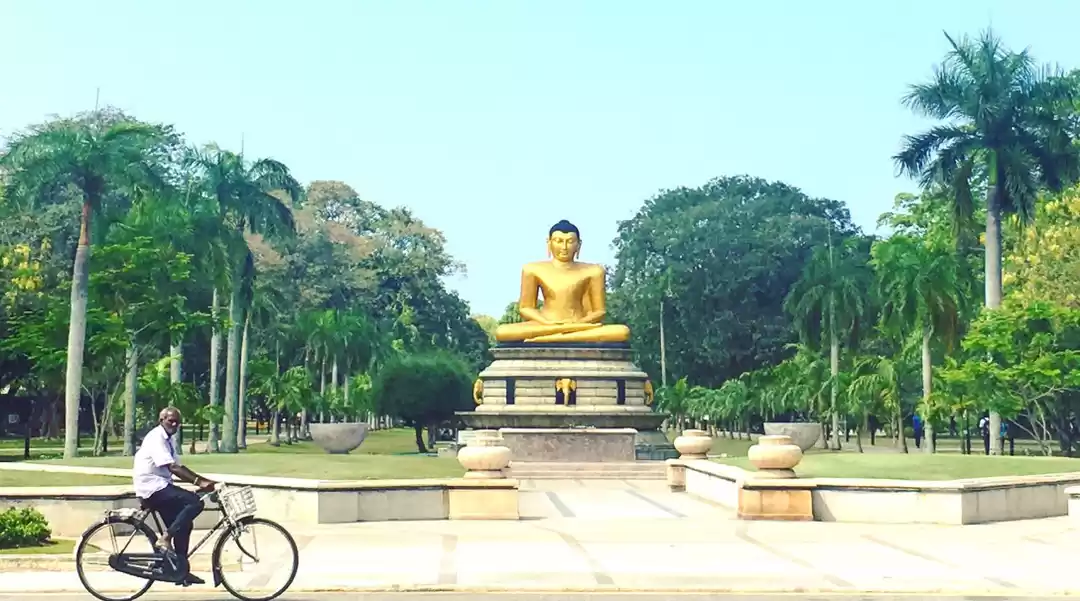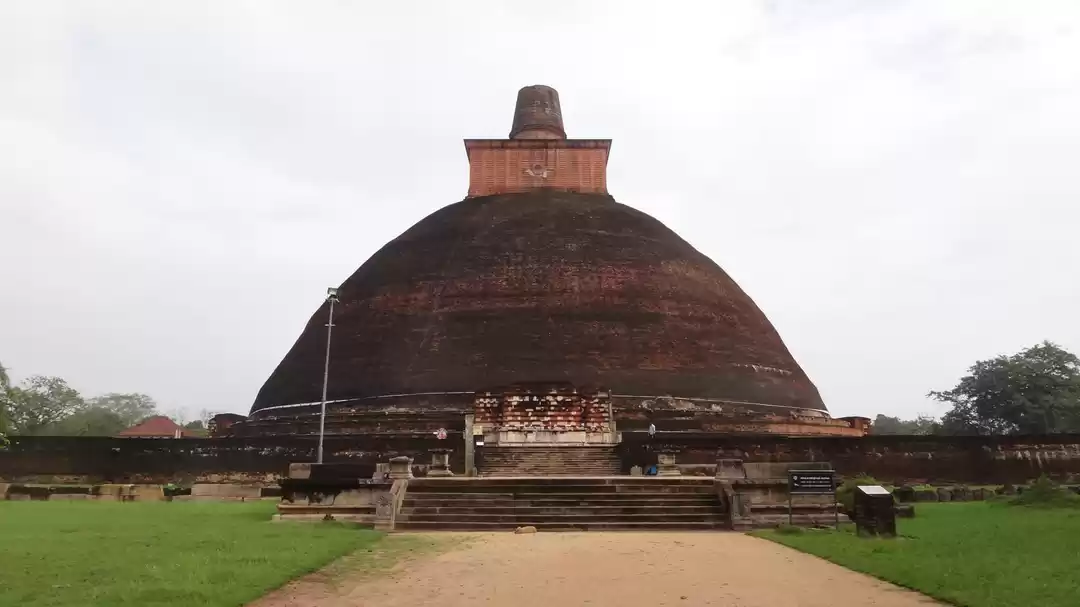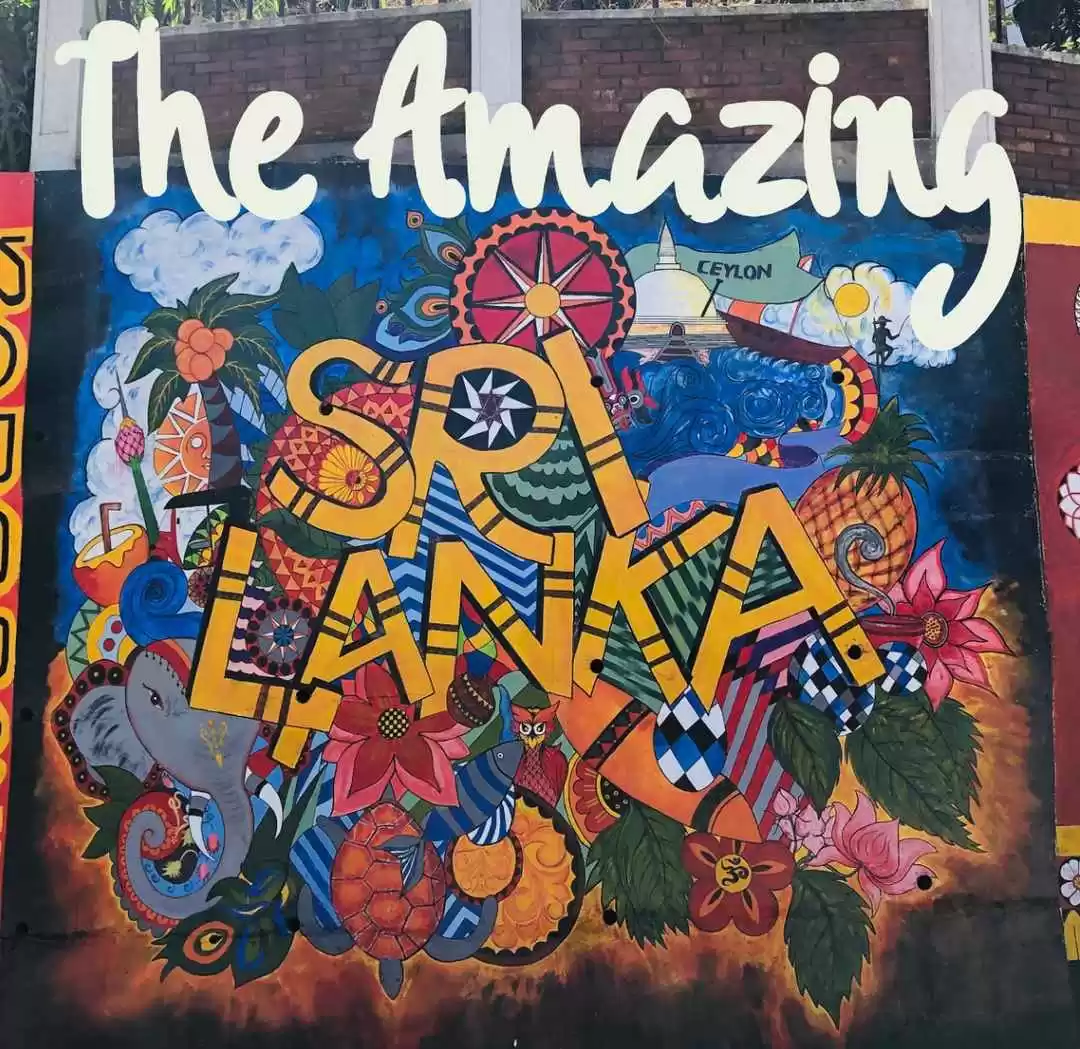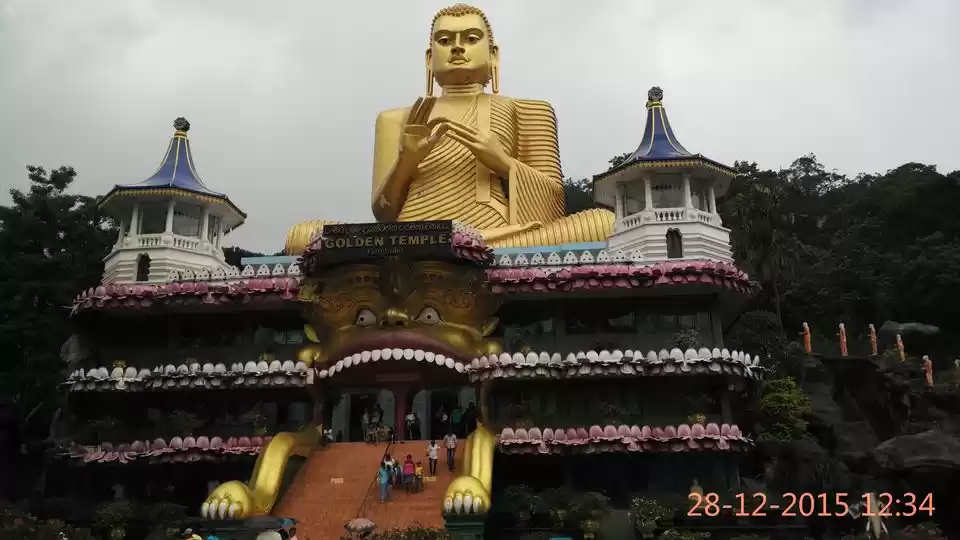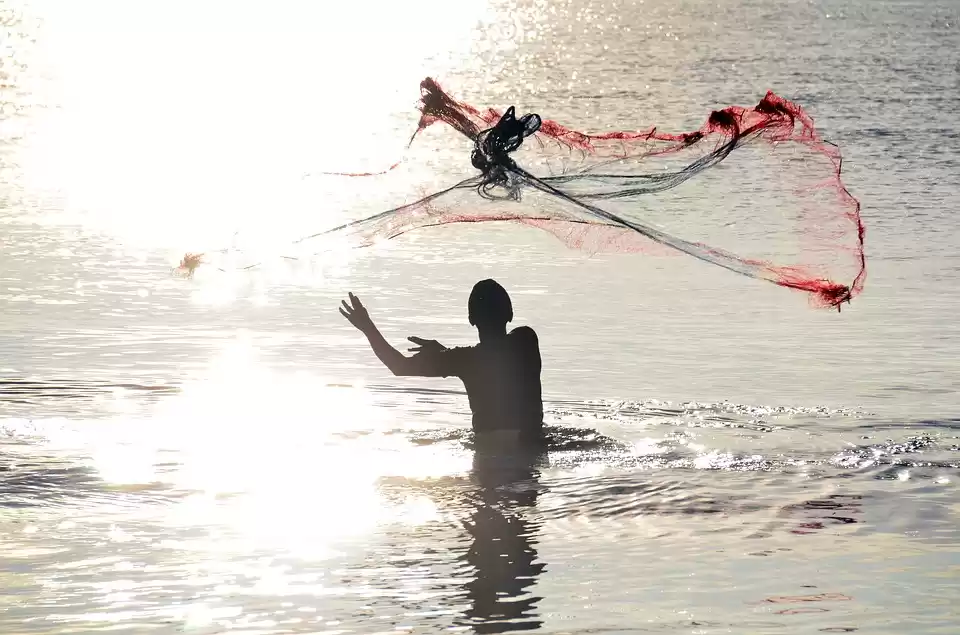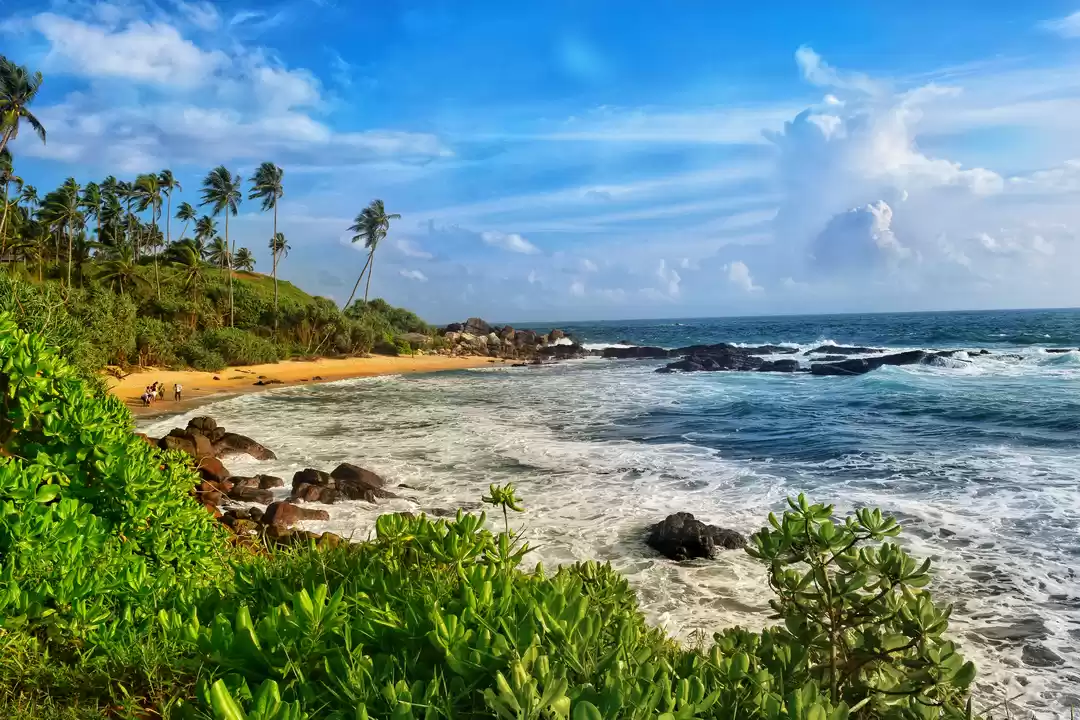



Distance Travelled: 1745 km
bus: 1365 km
train: 380
Days: 30 days
Date: january 2016
Considering that the average speed of a bus or a train in Sri Lanka is around 35 km/h…to make the 1745 kilometers I spent 50 hours inside buses or trains… not easy to move in Sri Lanka, yet, super-cheap as all this trips didn’t cost more than 24€!!!


Travel by bus in Sri Lanka
Any reflection about Sri Lanka can be complete without mentioning the buses... these way of transportation is practically unavoidable on a trip around the island, where despite the reasonable railway network it show inefficient to cover the entire territory.
So the buses have the key role to connect cities, towns and villages... and it is no exaggeration to say that the bus network covers almost all the territory, which service can be slow, but are guaranteed!
There is practically a bus service linking all the main cities, and if they have a less convenient schedule, there is always the option of going first to an intermediate stop, and then take another bus to the final destination. Sometimes a 150km journey can involve three buses.



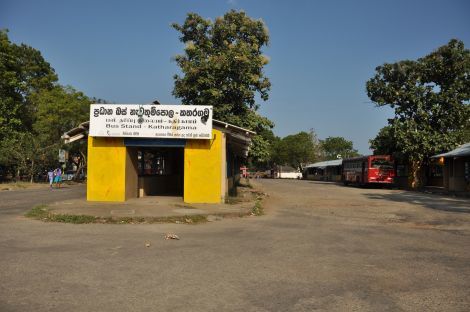
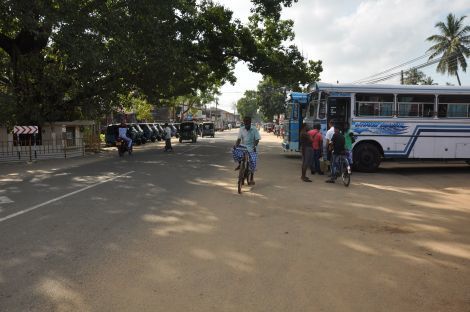
About bus Terminal in Sri Lanka
One advantage of traveling by bus in Sri Lanka is that the bus stations, are located in the city center, usually at a walking distance from the train station, as also from rooms and restaurants. The inconvenient of this is that in big cities, such as Colombo, cross the city to get to the bus station may involve one hour or more, even at off-peak hours!
The bus terminals can be huge, as in Colombo, occupying a big covered area, or modest as in Pottuvil, where buses line up along the road. Also differ in terms of organization and information, but in general all have signs indicating the place were each bus stops departure, according to the destination.
About timetables, these information usually doesn’t exist, being necessary to use the information desk, or more easily to bus drivers that always hang out at the bus stations.

In a country where the overwhelming majority of the population (about 8%) has a car, the buses are the most popular option, not only for urban routes but also to cover long distances, such as the 400 kilometers that separate Colombo of Jaffna, lasting more than 12 hours.
Yes... the bus trips are long... very long, made at an average speed of 35 km/h. The buses don't necessarily run at this speed, but due to the traffic, that even in national roads is intense, and mainly due to multiple stops to pick up and drop off passengers, as breaks for rest and meals. Private buses, which are the majority that runs on national roads, are even worse in terms of stops, as they stop to collect passengers at any point, not limited only to the bus stands.
Travel on night buses take less time, but this service is only available on few routes, between the biggest cities.
In Sri Lanka is few the express buses, that link two points without intermediate stops. However buses with air-conditioning, which are available between the biggest cities as also to the airport, have fewer stops, and some even use the recently open "expressways", a kind of highway that shortens travel time and increases comfort.

Slow rides give time to appreciate the landscape
The bus trips are slow, but no one seems to care, accepting the fact for granted, the same applies to overcrowding, with buses run fully packed, with passengers standing in the corridor, or even hanging by the doors. This situation is worst on weekends and holidays, occasions choose to visit relatives and for pilgrimages to religious sites.
However given the efficient coverage of the bus network, the high frequency, that resulting in reduced waiting times between transfers, the good location of the terminal and the easiness of the connection at stopovers, the buses become an attractive way to travel in Sri Lanka.
Compared to train, also very slow, the bus trips can't, most of the times, offer such interesting landscapes, especially in mountain areas, where the train runs by "tracks" away from settlements. National roads, particularly those linking the main cities, or along more densely populated areas, such as Colombo-Kandy and Colombo-Galle, are far from offering a pleasant landscape, borders by buildings, houses, shops, warehouses, workshops, street vendors, etc... that creates a visually unattractive and polluted landscape. In addition, to this visual pollution joins air pollution produced by the vehicles, mainly buses and trucks, as also motorbikes and tuk-tuks. Impossible to remain indifferent to constant and disturbing honking, produced by all these vehicles, including the bus driver itself, always keeping one hand on the horn, which is far from producing a discrete sound, being high-pitched, making bus trips even more tiring.
However, from all the bus trip, beautiful and memorable trips landscapes remain!





Any bus in Sri Lanka has an automatic payment system, so in addition, to the driver, there is always an assistant, usually a young man, that not also charge tickets, but also touts the bus destination each time it passes by a bus stand or by a group of people standing on the roadside.

Tickets
Tickets can have different appearances, some with information in English, others only in Sinhala. The price is often handwritten, according to the distance traveled... but the values are a mystery as they aren't posted. This means that sometimes some guys try to charge more money, but it is an unusual situation, with Sri Lanka population showing a high degree of honesty. SLTB buses of the state-owned company (Sri Lanka Transport Board) often have printed tickets which contain the origin and end, as well as the distance and the cost associated with the trip.


But whatever the value, the cost is always low, a fact that also contributing to the popularity of buses, which are more expensive than the train, but have the advantage of offering a greater flexibility in terms of schedule and are unbeatable in terms of frequency.

Each bus reflects the driver personality
And you can't talk about buses without referring to Lanka Ashok Leyland, name printed in front of any vehicle, corresponding to the company in Sri Lanka that manufactures or assembles almost all buses, trucks, tractors and tuk-tuks. Being all from the same factory, all follow the same model, with only small variations of finishes, with the comfort changing according to the age of the vehicle. Wisely older vehicles are limited to short distances and urban areas. For long trips, intercity, buses are in good condition, yet without offering much more comfort. Whatever the model, the vehicles always have 5 seats in a row, two on one side and three on the other, leaving one narrow corridor, where it's difficult for passengers to cross, particularly if transporting goods. The seats are somewhat soft, but with too vertical backboard, and no support for the head, which becomes uncomfortable on long journeys.
Perhaps as a way to customized this massive uniformity, the interior of the bus is usually decorated according to the taste and religious orientation of the driver, with stickers, posters, garlands of plastic flowers, soft toys, Buddha images, flowers, Hindu iconography or the face of Christ.


The roof, as well as the seats, is also customized for each vehicle, lined with colorful plastic, or with fancy curtains on the windows. Whatever option the interior of the vehicle is generally clean and well maintained
All but ALL buses have music, usually excessive loud, charged by one or more speakers, always with local music. Some may even have a TV that always shows a concert with a similar style of music.

These vehicles that resemble a bulky box, painted dark red or in white and blue colors, are a crucial milestone in Sri Lanka landscape, whether in cities or along national roads, which sometimes circulate over speed taking into account the number of people, bicycles and other vehicles occupying the narrow roads. Yet buses are an efficient and convenient way to travel through Sri Lanka.




... for those planning to travel by bus:
- Never use the luggage compartment; is always full of dust or mud, if it rains; even if the driver insists on placing your backpack in the trunk, never let it happen, insisting put it inside, either by the driver or near the front door, in an area without seats.
- It can be said that it's unnecessary to ask for the duration of the trip because the answer requires long consideration and almost always results in the standard "3 hours" answer ... and that usually last much more. The best it to make a calculation based on the distance (which usually drivers also don't know) considering an average speed of 35 km/h.
- In order to enjoy the landscape, the best option is to sit in the front seat, on the left side (opposite the driver) and near the window. If you stay on the side of the corridor, there is the discomfort of been pushed by the movement of people and luggage. Sitting at front seat has another drawback that is the persistent sound of the horn, but has additional cool air that comes through the door, which is usually always open.
- The bus entry it by the back door and the exit is made by the front door. But this rule is far from been followed by all passengers, and sometimes is easier to get through the front door, to talk straight to the driver, about the destination or stops of the bus.
- The dark-red vehicles belonging to the public company, the SLTB. Vehicles of private companies are usually white with some tracks in blue.
- There aren't "sleeping buses" in Sri Lanka... all have seats.


whale watching
Frequent Searches Leading To This Page:-
Best Sri Lanka tour packages with price, Sri Lanka tourism best time to visit, Sri Lanka tour package for couple, Top things to do in Sri Lanka, Weekend getaways near Sri Lanka



